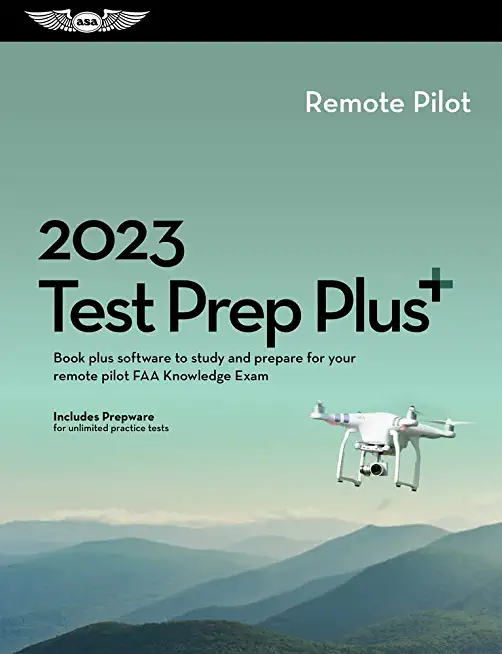
Administration, Federal Aviation
product information
description
9MOST CURRENT VERSION as of 2020 Don't buy an old version Includes Chapter 12 Addendum (352 pages total). Rules and Regulations have changed. A must-read for every pilot The Airplane Flying Handbook provides basic knowledge that is essential for pilots. This handbook introduces basic pilot skills and knowledge that are essential for piloting airplanes. It provides information on transition to other airplanes and the operation of various airplane systems. It is developed by the Flight Standards Service, Airman Testing Standards Branch, in cooperation with various aviation educators and industry. This handbook is developed to assist student pilots learning to fly airplanes. It is also beneficial to pilots who wish to improve their flying proficiency and aeronautical knowledge, those pilots preparing for additional certificates or ratings, and flight instructors engaged in the instruction of both student and certificated pilots. It introduces the future pilot to the realm of flight and provides information and guidance in the performance of procedures and maneuvers required for pilot certification. Topics such as navigation and communication, meteorology, use of flight information publications, regulations, and aeronautical decision making are available in other Federal Aviation Administration (FAA) publications.Occasionally the word "must" or similar language is used where the desired action is deemed critical. The use of suchlanguage is not intended to add to, interpret, or relieve a duty imposed by Title 14 of the Code of Federal Regulations (14CFR).It is essential for persons using this handbook to become familiar with and apply the pertinent parts of 14 CFR and theAeronautical Information Manual (AIM). The AIM is available online at www.faa.gov. The current Flight StandardsService airman training and testing material and learning statements for all airman certificates and ratings can be obtainedfrom www.faa.gov.
member goods
No member items were found under this heading.
Return Policy
All sales are final
Shipping
No special shipping considerations available.
Shipping fees determined at checkout.







